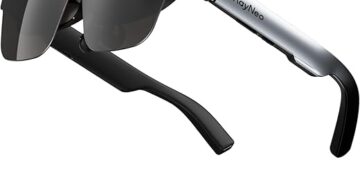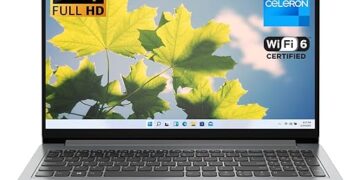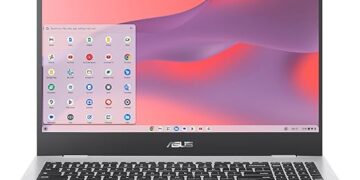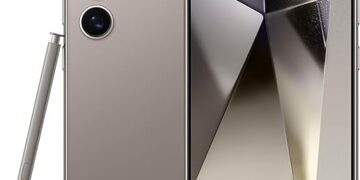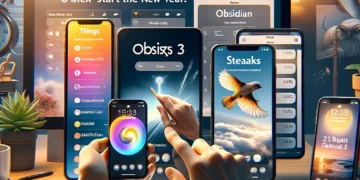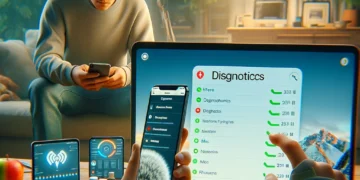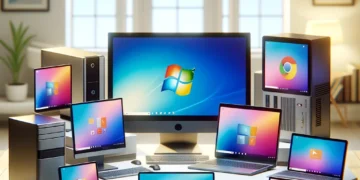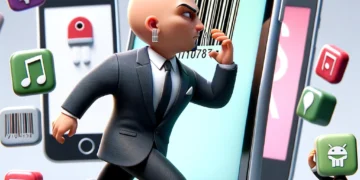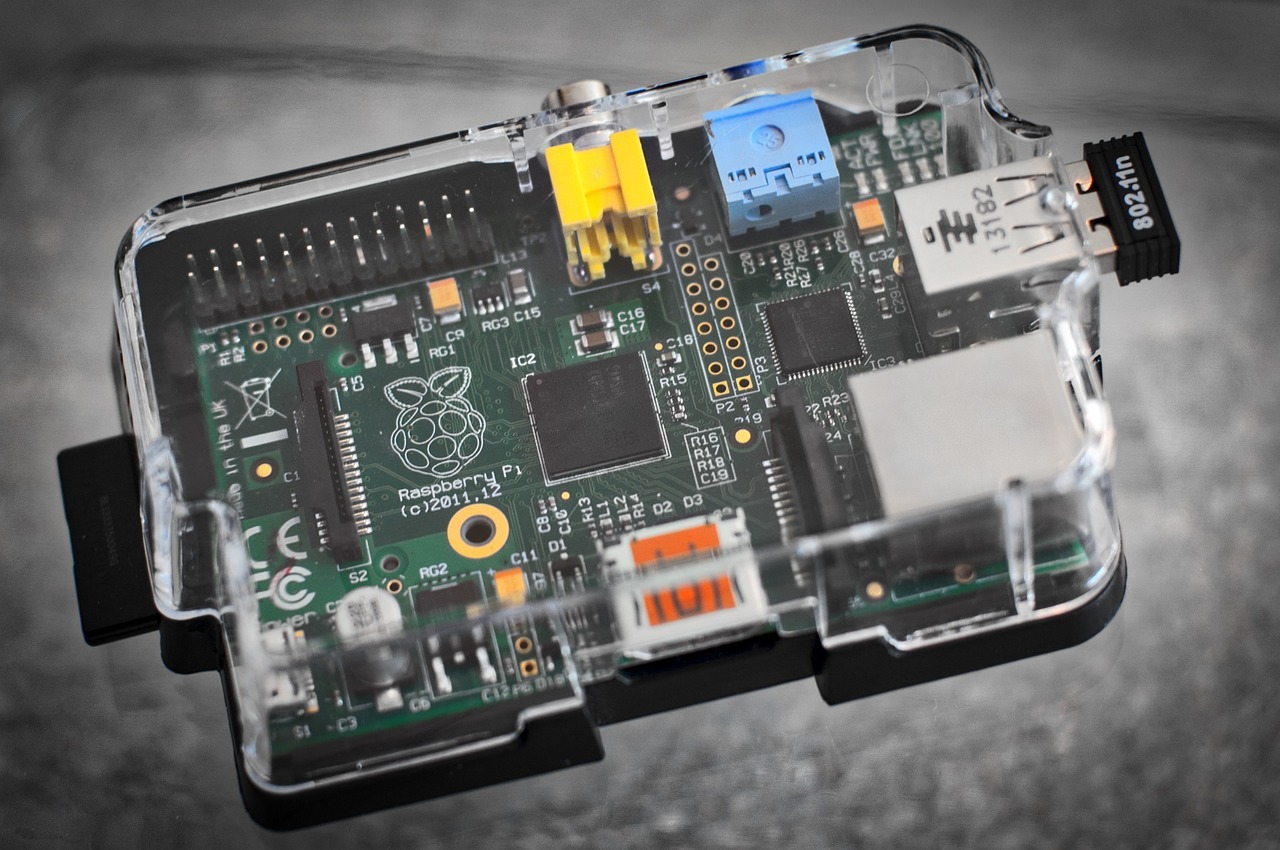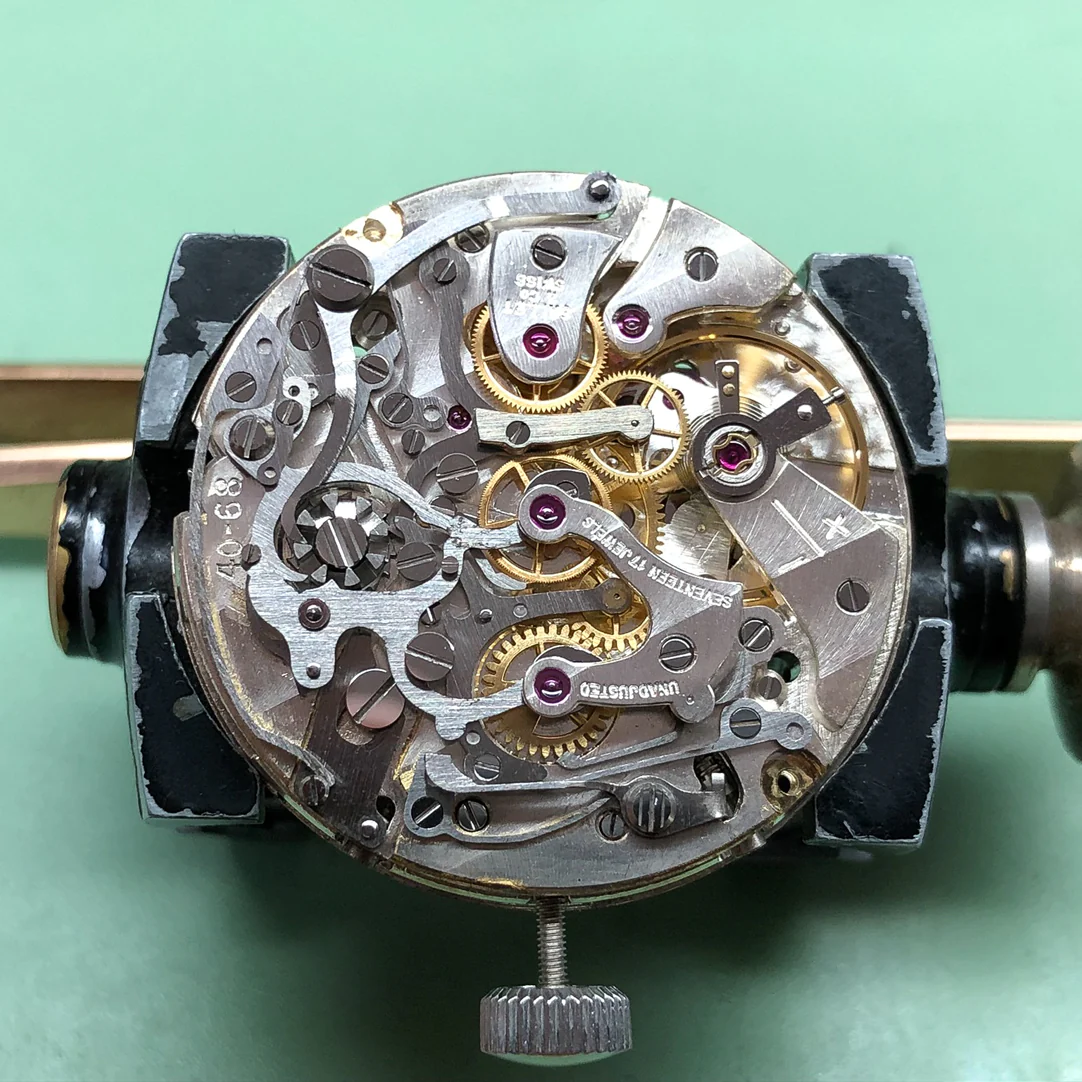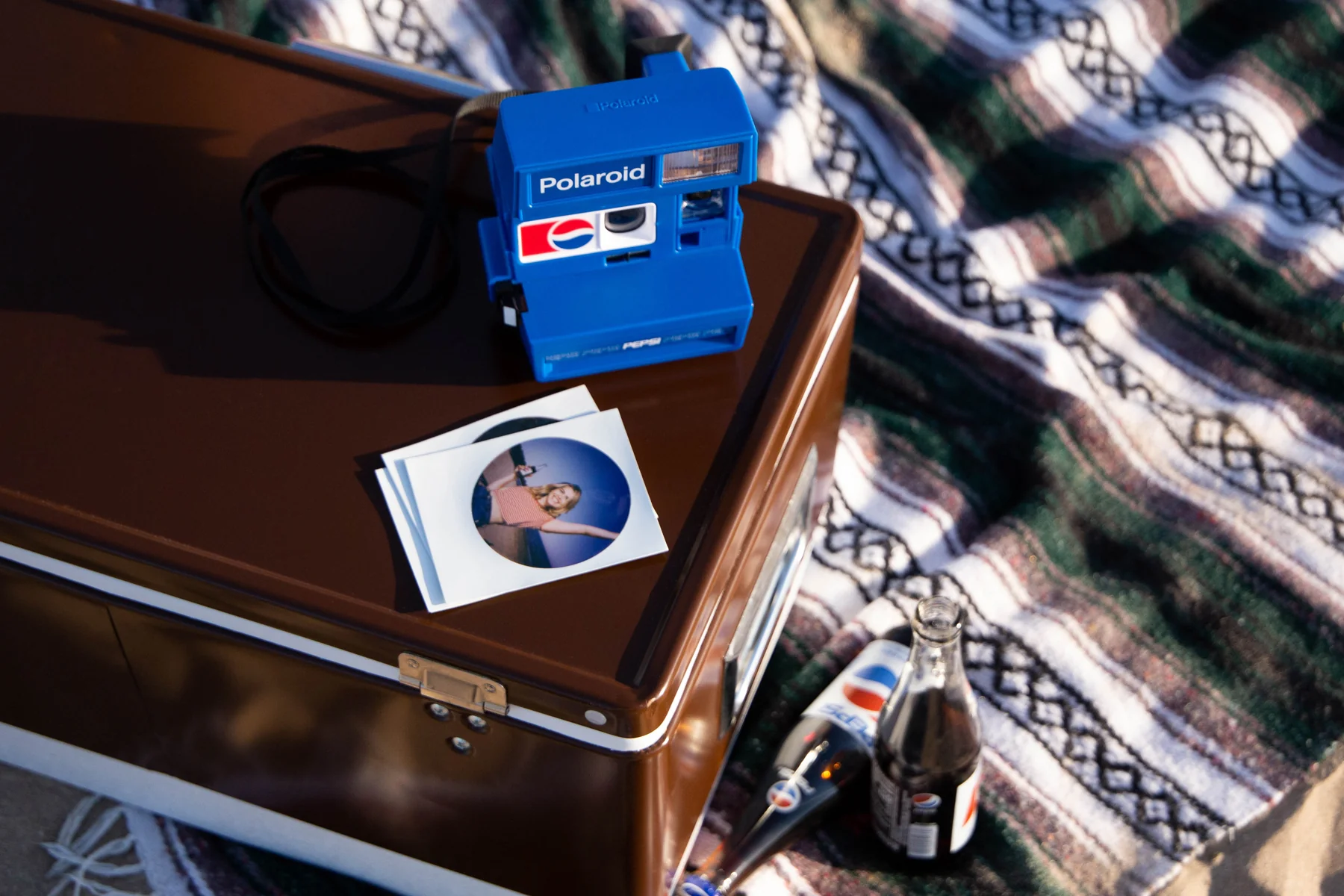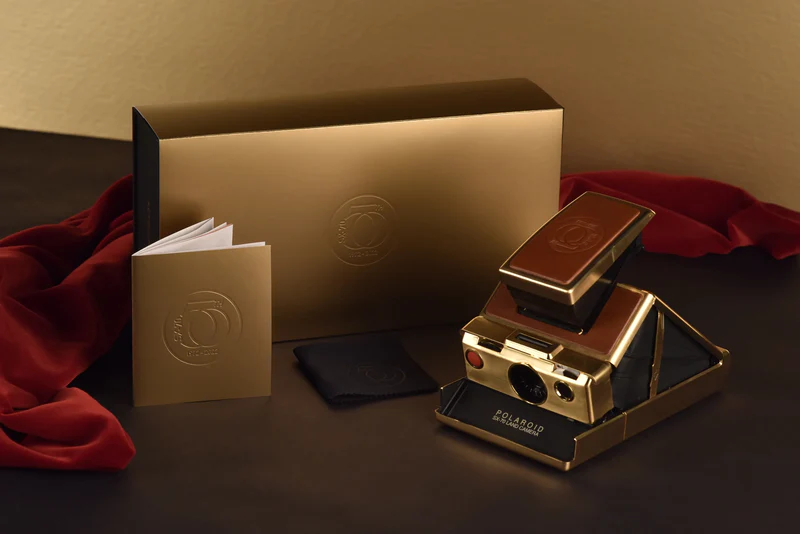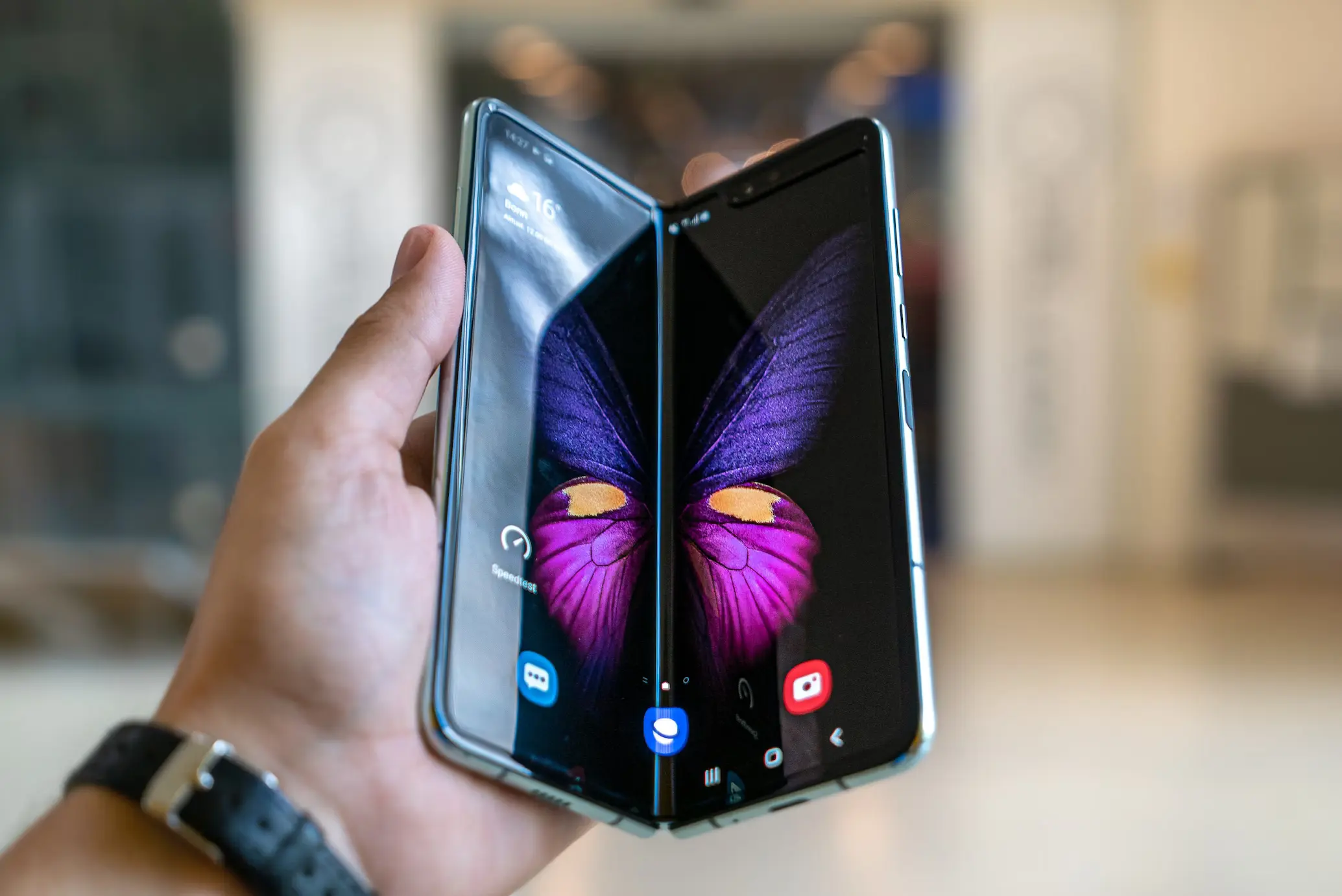Get ready to unleash the power of your Wi-Fi in a whole new way! The United States Federal Communications Commission (FCC) has given the green light for low power devices to operate on the 6GHz Wi-Fi spectrum. That means your favorite AR/VR wearable, like Apple’s Vision Pro headset, can now tap into the full potential of the 6GHz band. Apple, Google, Meta, Microsoft, Intel, Qualcomm, and more had teamed up to persuade the FCC to allow Very Low Power (VLP) devices on this spectrum, without any pesky restrictions. And guess what? The FCC agreed! Of course, there are a few technical requirements and power limits to protect other licenses, but trust me, it’s totally worth it. So, get ready for a whole new level of high-speed, low-power connectivity that will enhance your AR/VR experiences, keep your wearable sensors in check, and make your Internet of Things devices even smarter. Say goodbye to Wi-Fi limitations and hello to limitless possibilities!
FCC Allows Low Power Devices on 6GHz Wi-Fi Spectrum
Introduction
Congratulations! You can now connect your low-power devices, like AR/VR wearables, to the 6GHz Wi-Fi spectrum. In a move that will revolutionize the way we use technology, the United States Federal Communications Commission (FCC) has approved the requests from tech giants like Apple, Google, Meta, Microsoft, Intel, and Qualcomm to allow Very Low Power (VLP) devices on the 6GHz band. Get ready to explore a whole new world of possibilities with your favorite gadgets!
Background
Until now, the 6GHz Wi-Fi spectrum has primarily been reserved for licensed operations. However, with the rapid advancements in technology and the increasing demand for enhanced connectivity, there was a need for the FCC to reconsider its restrictions. It was clear that allowing low-power devices on the 6GHz band would not only enrich consumer experiences but also contribute to the growth of the nation’s economy.
Request for Approval
In 2019, a group of tech giants, including Apple, Google, Meta, Microsoft, Intel, and Qualcomm, submitted a joint request to the FCC. Their goal was to convince the FCC to open up the 6GHz spectrum for VLP devices without any restrictions. They argued that devices operating at low power levels but providing high connection speeds would enable cutting-edge applications like augmented and virtual reality (AR/VR), wearable sensors, and Internet of Things (IoT) devices to flourish.
Limitations and Technical Requirements
While the FCC approved the request, they did impose certain limitations and technical requirements to protect the licenses that carriers hold for the 6GHz spectrum. Devices operating on the 6GHz band will be subject to low power levels and must meet specific technical criteria to prevent interference with licensed operations. However, these limitations are necessary to ensure a balanced and efficient use of the spectrum.
Beneficiary Devices
The approval of low-power devices on the 6GHz Wi-Fi spectrum opens up endless possibilities across various technology sectors. Devices such as Apple’s Vision Pro headset can now take advantage of the enhanced connectivity provided by the 6GHz band. Additionally, AR/VR devices, wearable sensors, CarPlay systems, and IoT devices will all benefit from the new regulations. Prepare to immerse yourself in a seamless and high-speed experience like never before.
Opening Up 6GHz Wi-Fi Spectrum
With the FCC’s decision to open up the 6GHz Wi-Fi spectrum, users can expect a significant upgrade in their wireless connectivity. The 6GHz band offers less congestion and more available channels, resulting in faster and more reliable connections. Say goodbye to frustrating lags and buffering, and hello to a smoother online experience.
AR/VR Devices on 6GHz Band
One of the most exciting applications of the 6GHz band is the integration of AR/VR devices. These cutting-edge technologies rely on fast and stable connections to provide users with immersive experiences. By operating on the 6GHz band, AR/VR devices can transmit data at high speeds, allowing for seamless interactions and lifelike simulations. Get ready to step into a whole new world of augmented and virtual reality.
Collaboration Among Tech Giants
The joint request made by Apple, Google, Meta, Microsoft, Intel, and Qualcomm highlights the importance of collaboration in pushing technological boundaries. These tech giants recognize the potential of the 6GHz Wi-Fi spectrum and have worked together to convince the FCC to approve the use of VLP devices. This collaboration demonstrates the industry’s commitment to driving innovation and providing users with the best possible experiences.
Short Range, Tethered Connections
The FCC’s approval of low-power devices on the 6GHz band is primarily intended for short range, tethered connections between devices. For example, the Vision Pro headset can now seamlessly connect to an iPhone or an in-car system like CarPlay using the 6GHz spectrum. This ensures a stable and reliable connection, allowing for a smooth transfer of data and enhanced user experiences.
Flexibility and Unlicensed Innovation
In approving the use of VLP devices on the 6GHz spectrum, the FCC aims to provide flexibility and foster unlicensed innovation. By allowing devices to operate at low power levels across short distances, the FCC encourages the development of high-data rate applications. From advanced AR/VR experiences to wearable sensors and a variety of IoT devices, the potential for unlicensed innovation is vast.
Protecting Licenses for 6GHz Spectrum
While opening up the 6GHz spectrum to low-power devices is a significant move, the FCC also recognizes the importance of protecting licenses held by carriers for the 6GHz spectrum. To maintain a balance between licensed and unlicensed operations, the FCC’s rules limit devices to low power levels and subject them to technical requirements. This ensures that licensed operations are not compromised while still providing opportunities for unlicensed innovation.
Access to Higher Power Levels
Although devices operating on the 6GHz band are limited to low power levels, there is still room for higher power operation. The FCC has implemented a geofencing system that allows devices to access higher power levels in certain areas, provided that interference with licensed operations is prevented. This allows for more flexibility and ensures that users can still benefit from increased power when necessary.
In conclusion, the FCC’s decision to allow low power devices on the 6GHz Wi-Fi spectrum opens up a world of possibilities. From enhanced AR/VR experiences to seamless IoT connectivity, users can expect faster and more reliable connections. With collaboration among tech giants and a focus on protecting licenses while fostering unlicensed innovation, the future of the 6GHz band looks bright. So get ready to explore, create, and connect like never before with your favorite low-power devices!


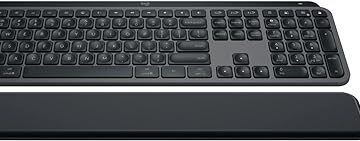







![Apple Watch SE (2nd Gen) [GPS 40mm] Smartwatch with Starlight Aluminum Case with Starlight Sport Band S/M. Fitness & Sleep Tracker, Crash Detection, Heart Rate Monitor](https://www.tech-bit.com/wp-content/uploads/2024/06/applewatchse2ndgengps40mmsmartwatchwithstarlightaluminumcase-360x180.jpg)




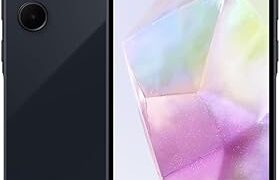

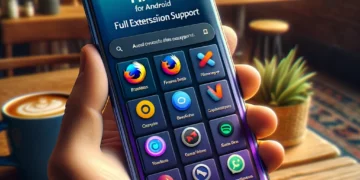
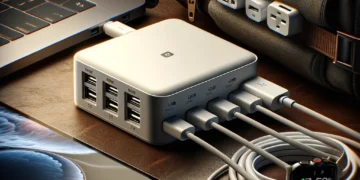



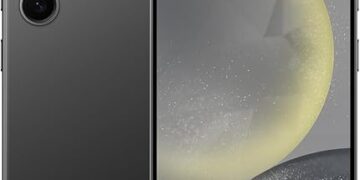
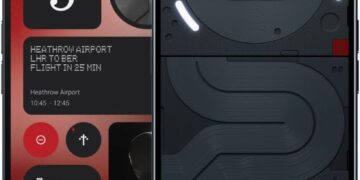
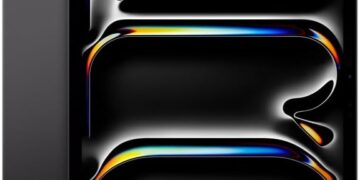


![Apple Watch Series 9 [GPS 45mm] Smartwatch with Midnight Aluminum Case with Midnight Sport Band S/M. Fitness Tracker, ECG Apps, Always-On Retina Display, Water Resistant](https://www.tech-bit.com/wp-content/uploads/2024/06/applewatchseries9gps45mmsmartwatchwithmidnightaluminumcasewith-360x180.jpg)
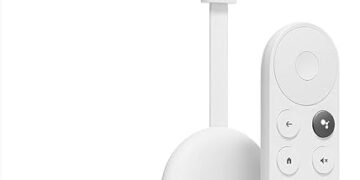
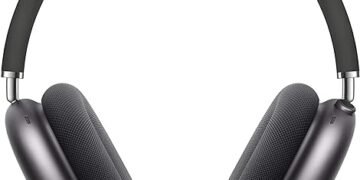

![Apple Watch Ultra 2 [GPS + Cellular 49mm] Smartwatch, Sport Watch with Rugged Black Titanium Case with Black Ocean Band. Fitness Tracker, Precision GPS, Action Button, Extra-Long Battery Life](https://www.tech-bit.com/wp-content/uploads/2024/10/applewatchultra2gpscellular49mmsmartwatchsportwatchwithrugged-360x180.jpg)

